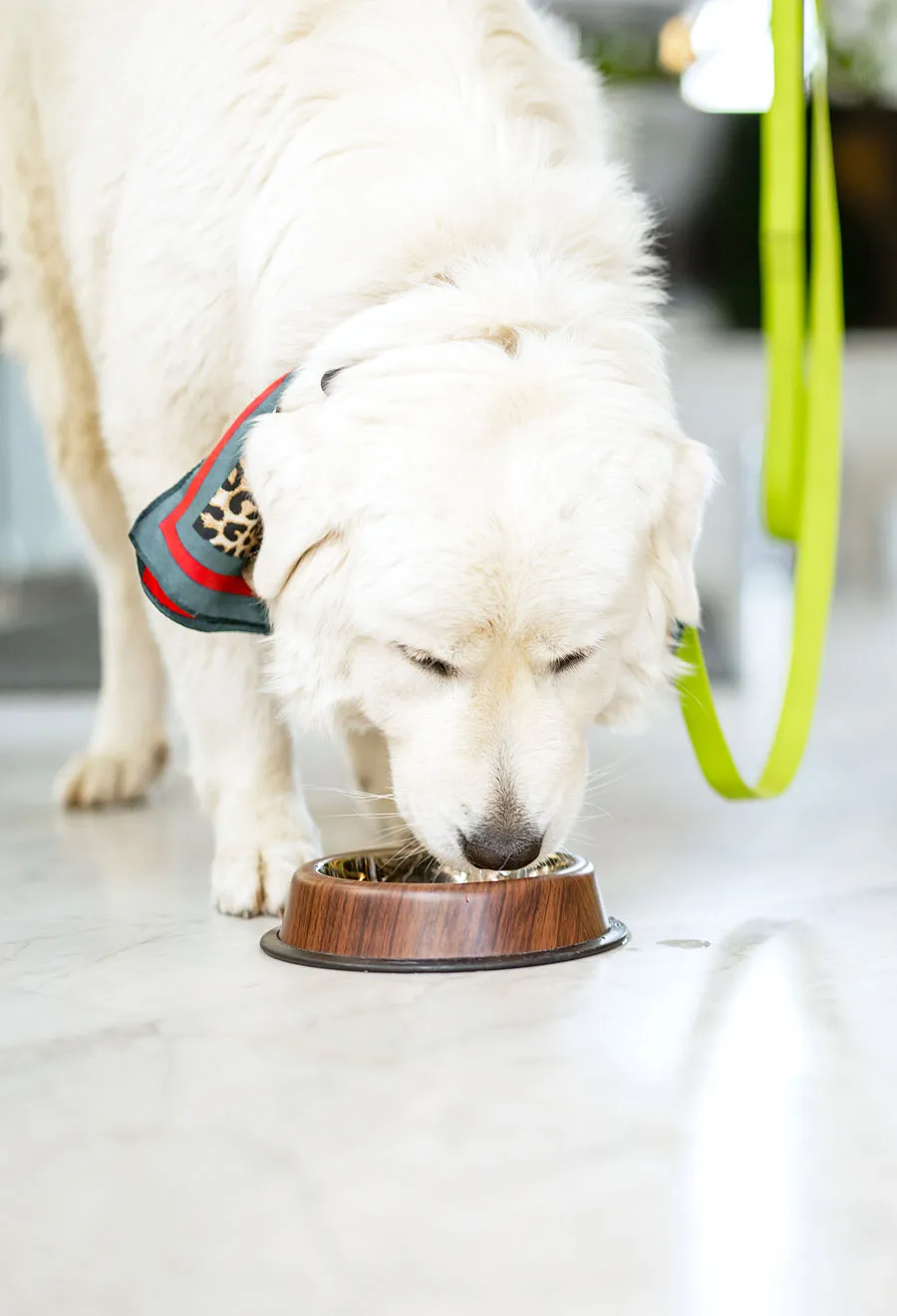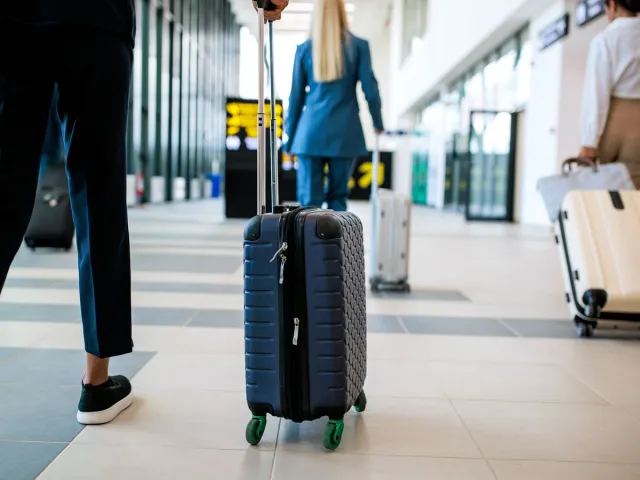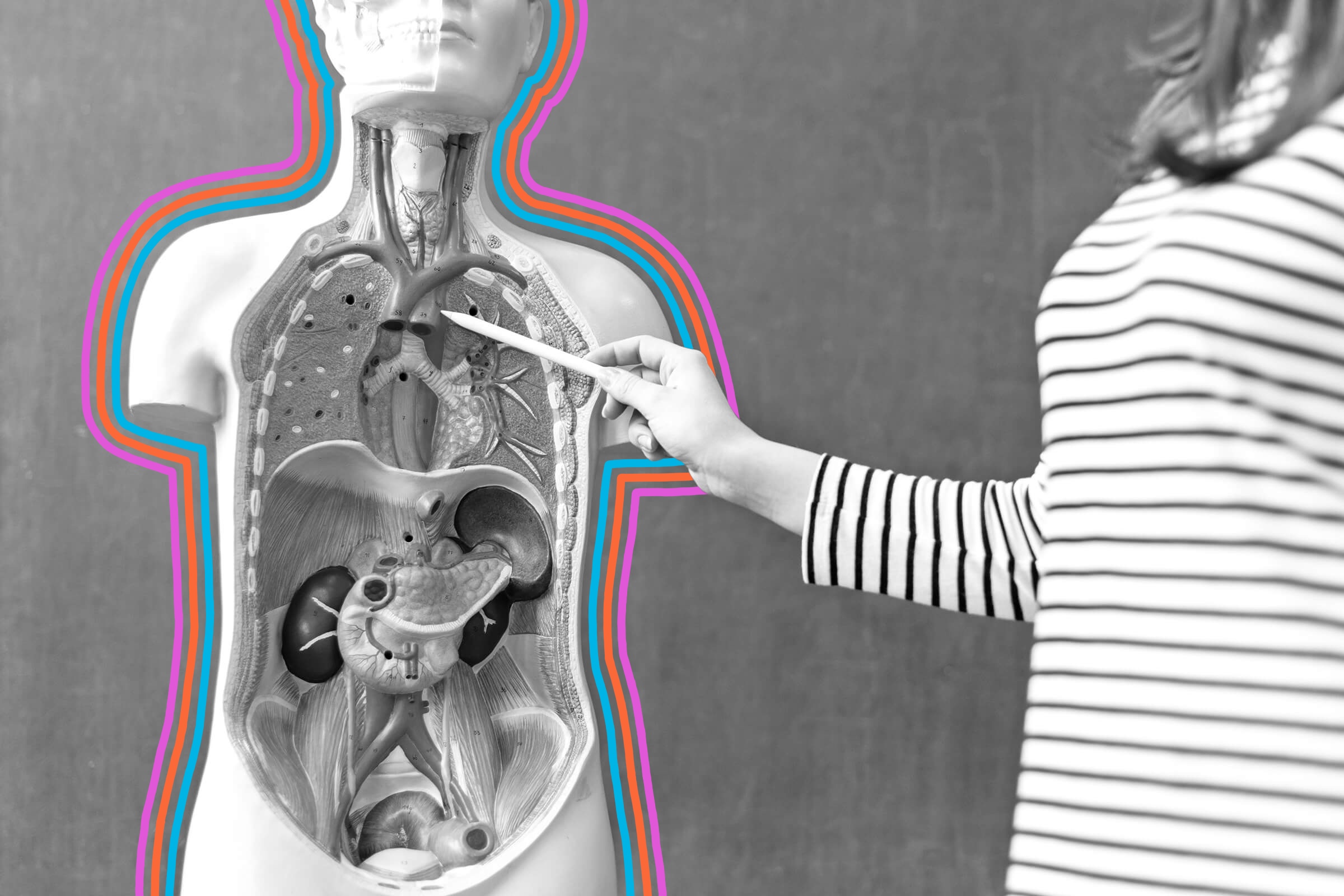Pets, like their owners, can be creatures of habit. They like to eat at the same time of day, have a favorite spot to sleep, and don’t appreciate disruptions to their routine. I speak from experience when I say that can be a challenge when traveling, which brings them out of their comfort zone and into strange, new, and often stressful environments, like cars, airports, and Boeing 737s. The good news is that there are a number of best practices you can follow to make the experience as stress-free as possible for you and your pet. Here are five of my top tips for traveling with pets.
Tell the Airline in Advance

Depending on the length of your journey, driving might be the easier option. If you do have to fly, however, don’t simply show up at the airport with your cat or dog in tow and hope for the best. Different airlines have different requirements for flying with a pet, from how much you’ll have to pay for the privilege (usually $100 to $150) to the maximum dimensions of their carrier. You’ll also want to have their vaccine records and other documents handy in case you’re asked for them, so make sure they’re up to date on their shots.
Opinions vary on whether you should allow the airline to put your furry friend in cargo, rather than having them in the cabin with you. Though it might be unavoidable for larger dog breeds, a lot of pet owners simply won’t chance it. It can be more stressful for everyone involved to be separated on a plane, especially since you can’t monitor their well-being and comfort them throughout the flight. Fortunately, cats and smaller dogs can fly in the cabin with you (in a carrier). Even so, book a direct flight whenever possible — the less time you have to spend in the airport and at cruising altitude, the better.
Ask Your Vet for Medication
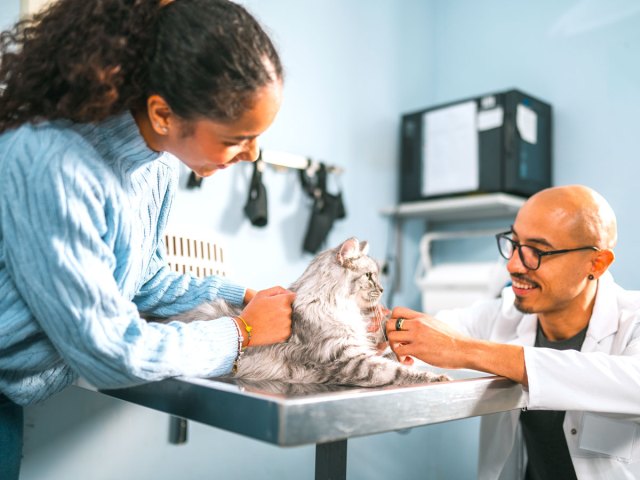
I’ve made two major trips with my two cats: driving from Los Angeles to Denver and then flying back five years later. In both cases, my veterinarian prescribed them Gabapentin, and I can’t imagine having made either journey without it. While it can be scary to medicate your pet, Gabapentin is essentially a mild sedative that will mellow them out for the duration of your trip (and, depending on both the dosage and how long your trek is, a few hours after).
As such, most vets will be comfortable prescribing it without much fear of side effects. It worked perfectly for my two car-hating cats the first time and was equally effective on their first (and, to date, only) flight. Neither of my exceptionally fussy felines so much as meowed once during the ride to the airport, at the airport itself, or during our two-hour flight from Denver to Los Angeles.
Get the Right Carrier
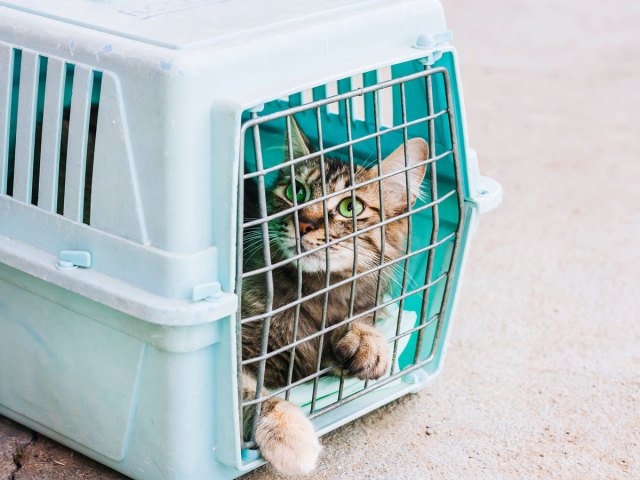
If you’re driving, you probably already have a carrier that you and your pet like well enough. But if you’re going on a longer road trip and have room for it, consider a larger model that will allow them to move around a bit. And if you’re flying, check your airline’s carrier requirements. There are plenty of airline-approved models available to buy online, many of which will specifically mention which airlines’ standards they meet.
Officially, you’ll have to put your pet under the seat in front of you for the duration of your flight. Between you and me, however, there’s a decent chance you’ll be able to place their carrier on your lap every so often to ensure they’re comfortable — just be mindful of your fellow passengers and the cabin crew, of course.
Don’t Go Alone if You Can Avoid It
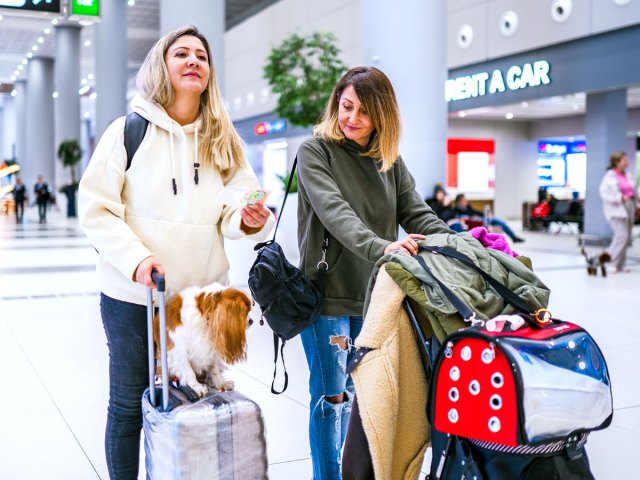
This one is especially important for air travel: If you’re the only human on your trip and you have more than one pet, you could run into trouble. Most airlines allow only one pet per person unless both animals are in the same carrier. In my case, that was a no-go because my cats aren’t the biggest fan of one another. You might have to do what I did and convince a friend or relative to make the journey with you, which will require buying another ticket for your helpful companion. This is also beneficial on road trips, as you can alternate between driving and keeping an eye on your pets in the backseat.
Bring the Right Supplies
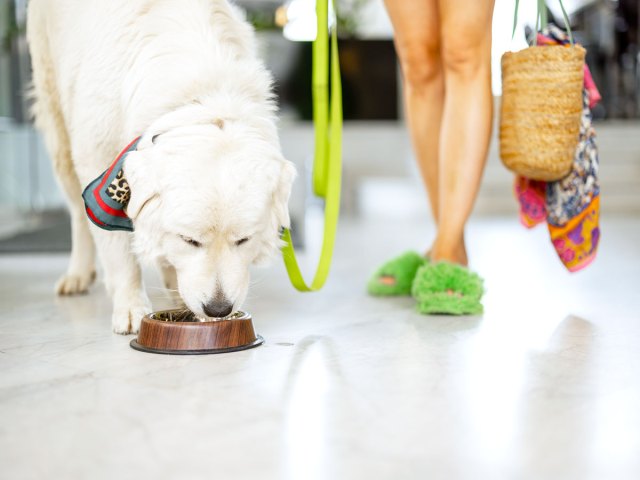
Depending on how finicky or anxious your pet is while traveling, they might not want to eat or drink at all until reaching your final destination. (In my experience, this tends to be truer of cats than it is of dogs.) But you should still ensure you have some water, food, treats, and waste bags. Also consider pheromone sprays for the journey: Brands like ThunderEase for dogs and Feliway for cats can help calm them down; simply spray it on their carrier about 15 minutes before they go in.
More from our network
Daily Passport is part of Inbox Studio, which publishes content that uplifts, informs, and inspires.






